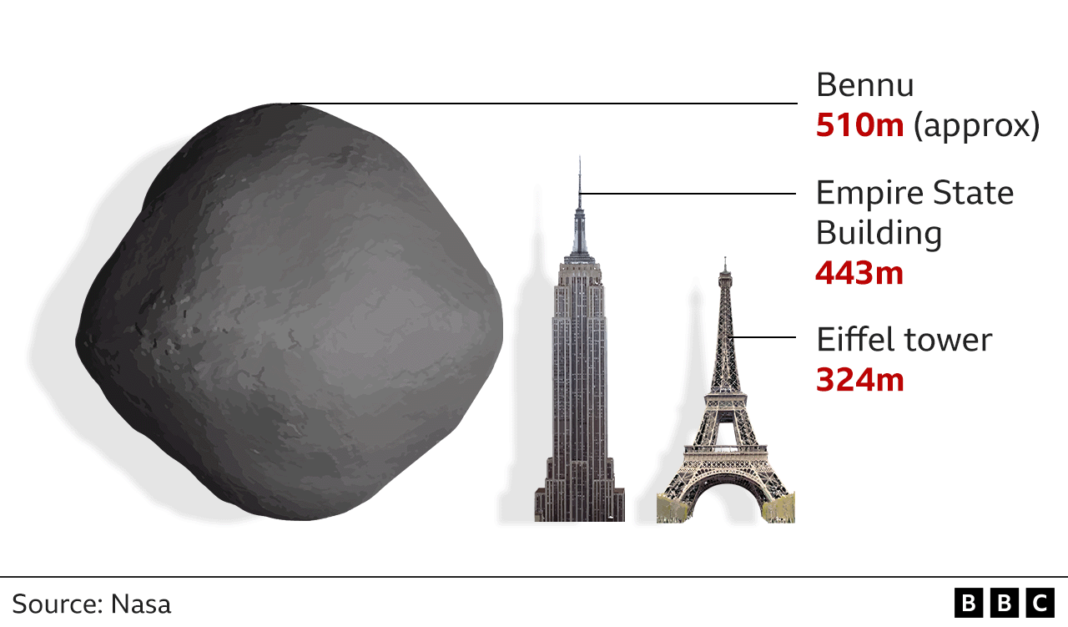Bennu, an asteroid, is returning to Earth in pieces. The asteroid was sampled in 2020 by NASA’s OSIRIS-REx probe, and the samples will touch down on Earth on September 24. Having been launched in 2016, OSIRIS-REx orbited Bennu in 2018.
Bennu was chosen as a target primarily due to its proximity to Earth, making it a feasible choice. Bennu was approximately 225 million kilometers away from Earth at launch and later approached as close as 50 million kilometers in the subsequent years. Bennu is considered a near-Earth object (NEO) due to its frequent close encounters with our planet. The probability of a collision in the next 300 years is extremely low at 0.057%, and there is no expectation of it happening soon.
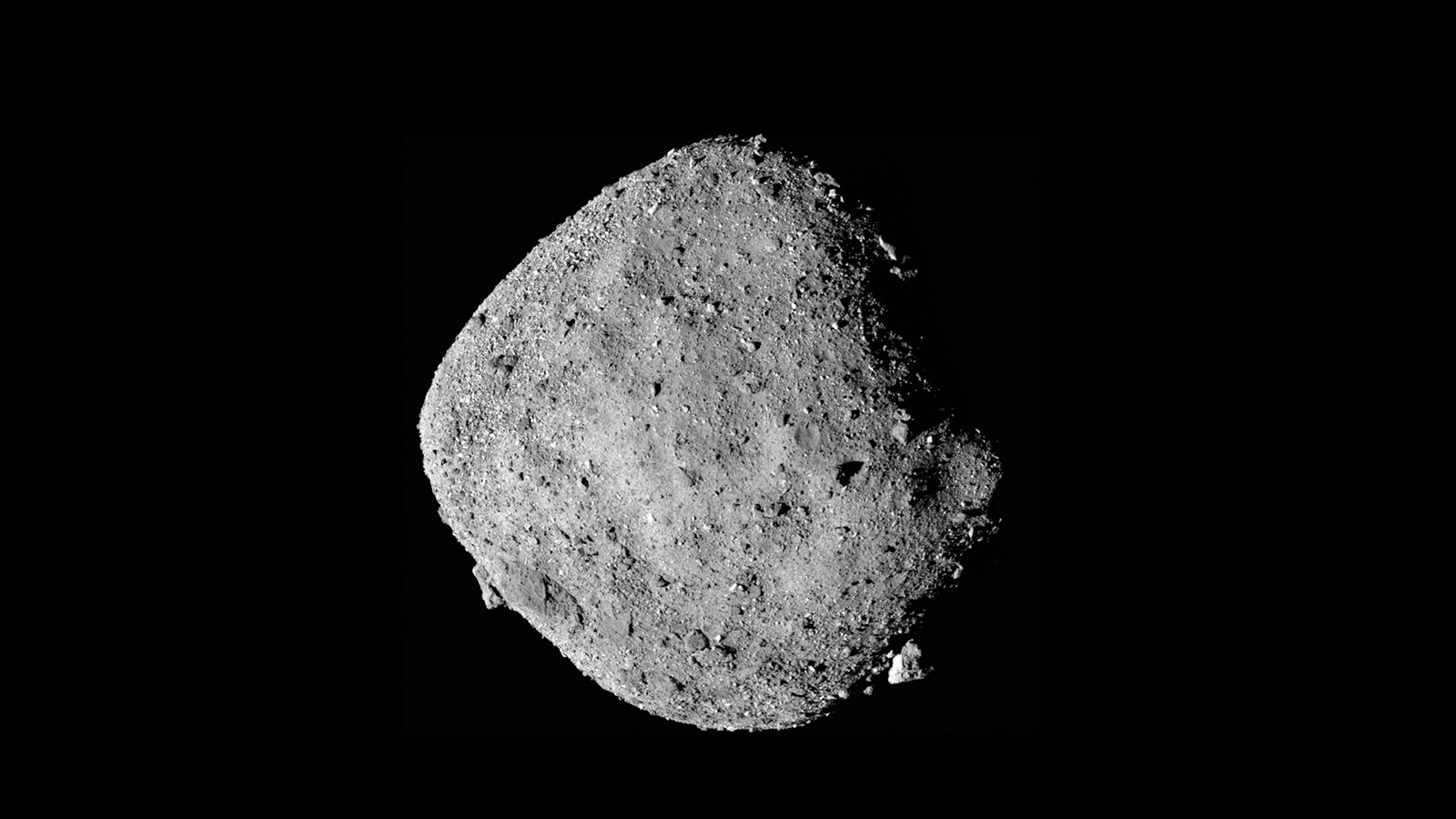
Bennu is around 490 meters broad, so if it collided with Earth, it would seriously destroy the planet. One motivation to study it is to learn how to defend Earth against Bennu and similar asteroids, and another is that it is one of the oldest asteroids known to us. Anjani Polit, a member of the OSIRIS-REx team from the University of Arizona, claims that asteroids like Bennu are “time capsules from the early solar system, trash that was left over from the birth of the solar system.” We may utilize such asteroids to comprehend how the planets developed and grew since they most likely formed a cluster to create the planets in our solar system.
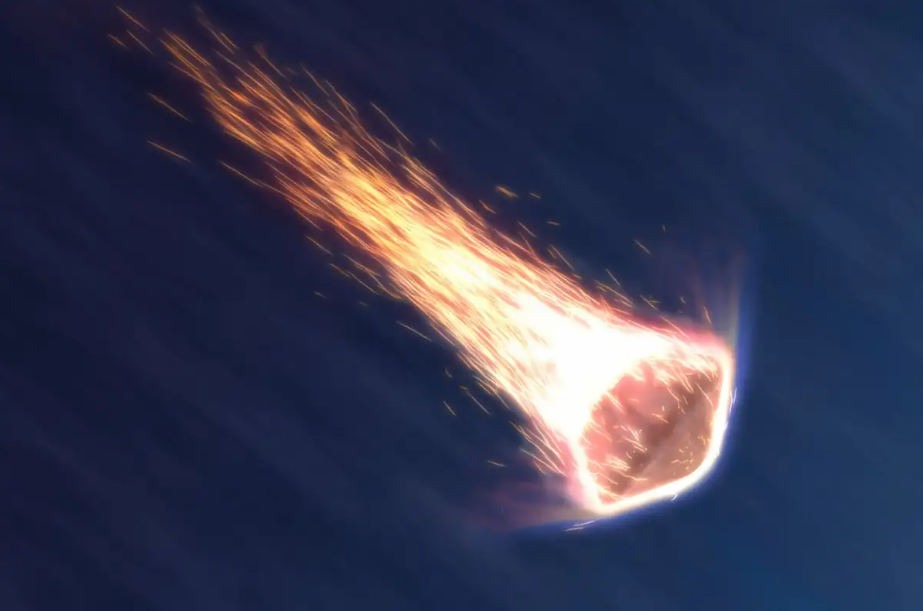
Carbon, which is a key component of organic compounds and, ultimately, the building blocks of life as we know it, is particularly abundant on Bennu. They are confident that organic chemicals are present in the samples they have obtained, according to Michelle Thompson, an OSIRIS-REx mission scientist from Purdue University in Indiana. There is potential for gaining a deeper understanding of the organic molecules from the early solar system, which could have served as the building blocks for life on Earth through the examination of these compounds. Japan’s Hayabusa 2 mission, which visited the asteroid Ryugu, previously brought back materials that are similar. Analyzing the differences between the two samples of asteroid dust will be essential for understanding the creation of the solar system.
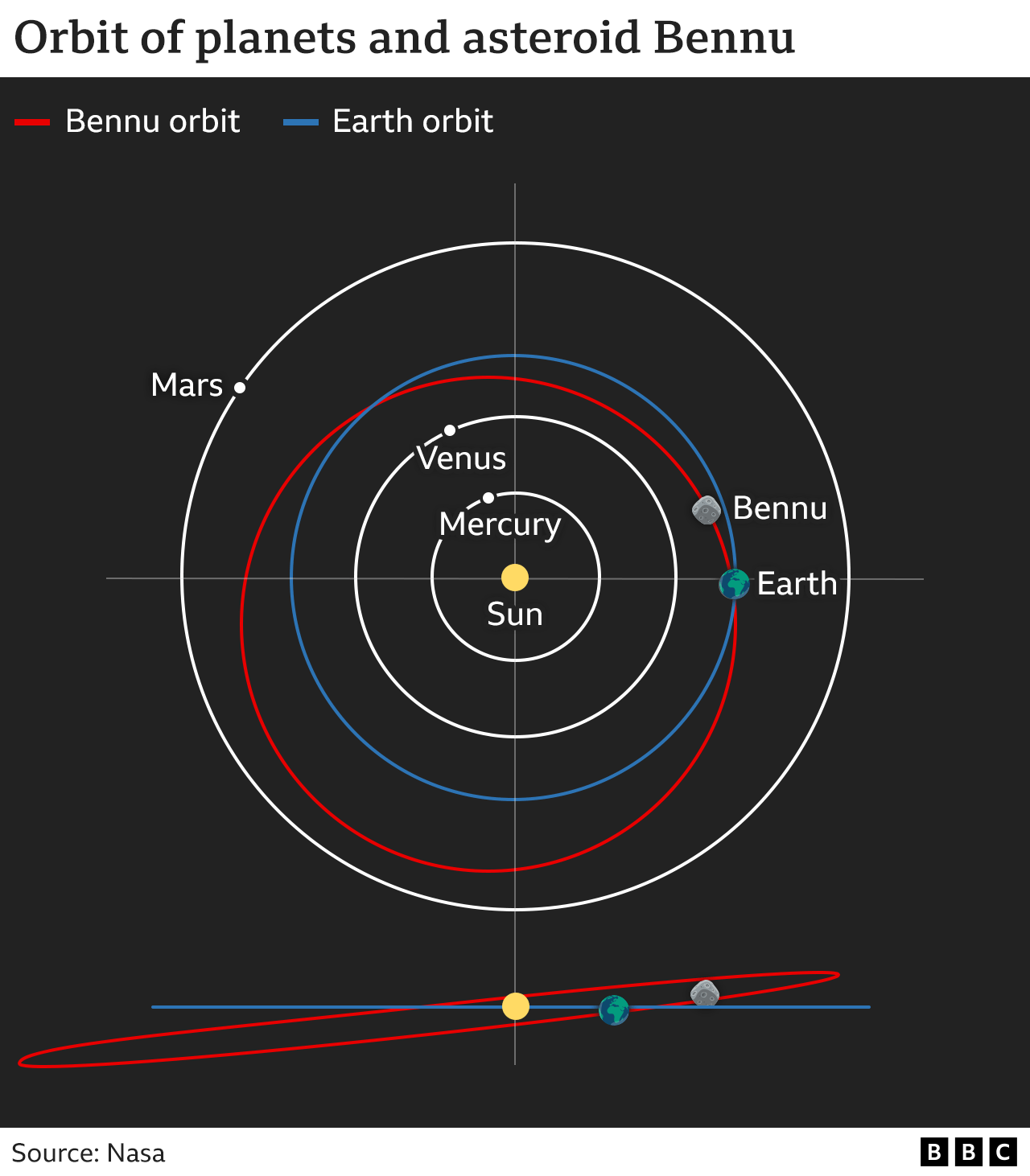
Thompson asserts that grasping the complete geological narrative of Earth cannot be achieved by examining just one individual rock. Let’s imagine you are a visitor to Earth who wants to learn everything there is to know about the planet’s geologic past, he continues. Going to more than one different asteroid “truly opens up a whole new world to grasp the diversity of material that was around 4.5 billion years ago,” which is roughly when the solar system started. The OSIRIS-REx team’s 24 September day will get underway early. The engineers on the team will decide in the wee hours of the morning if it is secure to release the sample capsule.
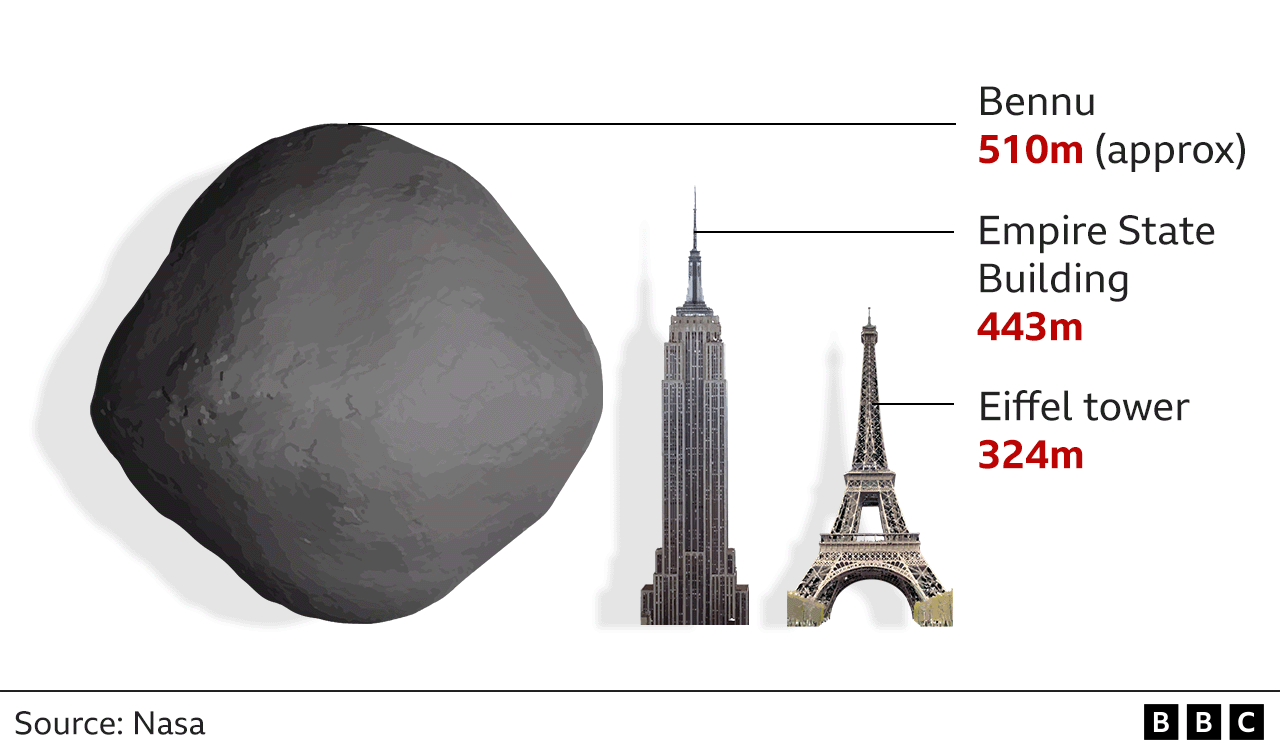
Approximately 102,000 kilometers distant, or more than a fifth of the distance to the moon, it will be launched towards Earth if they give the “go.” Before crashing into the atmosphere, it will travel for roughly four hours at a speed of about 44,000 kph. Two parachutes and a thermal shield will slow and protect it during its descent before it lands in the Utah desert. As stated by Polit, we can only launch the capsule and wait in the hopes that everything will go according to plan. “After all these years of labor, it all boils down to that 13-minute descent through the atmosphere.”
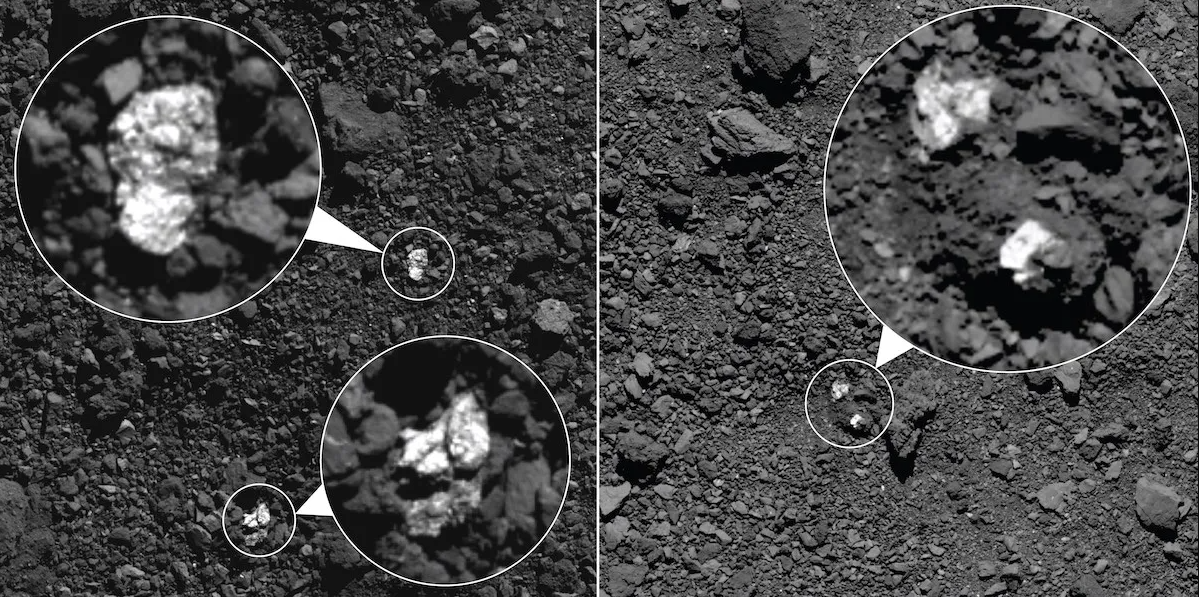
If the capsule is not released on September 24, it won’t be possible to try again for two years. But if it is successfully deployed, the OSIRIS-REx spacecraft will continue on a longer mission that will focus on the asteroid Apophis. It will swiftly retrieve the sample it drops on Earth and transport it to Houston for experts to begin their study. Thompson expresses excitement, saying, “I feel like a kid on Christmas Eve; Bennu will give me these sample gifts as soon as I wake up.”

